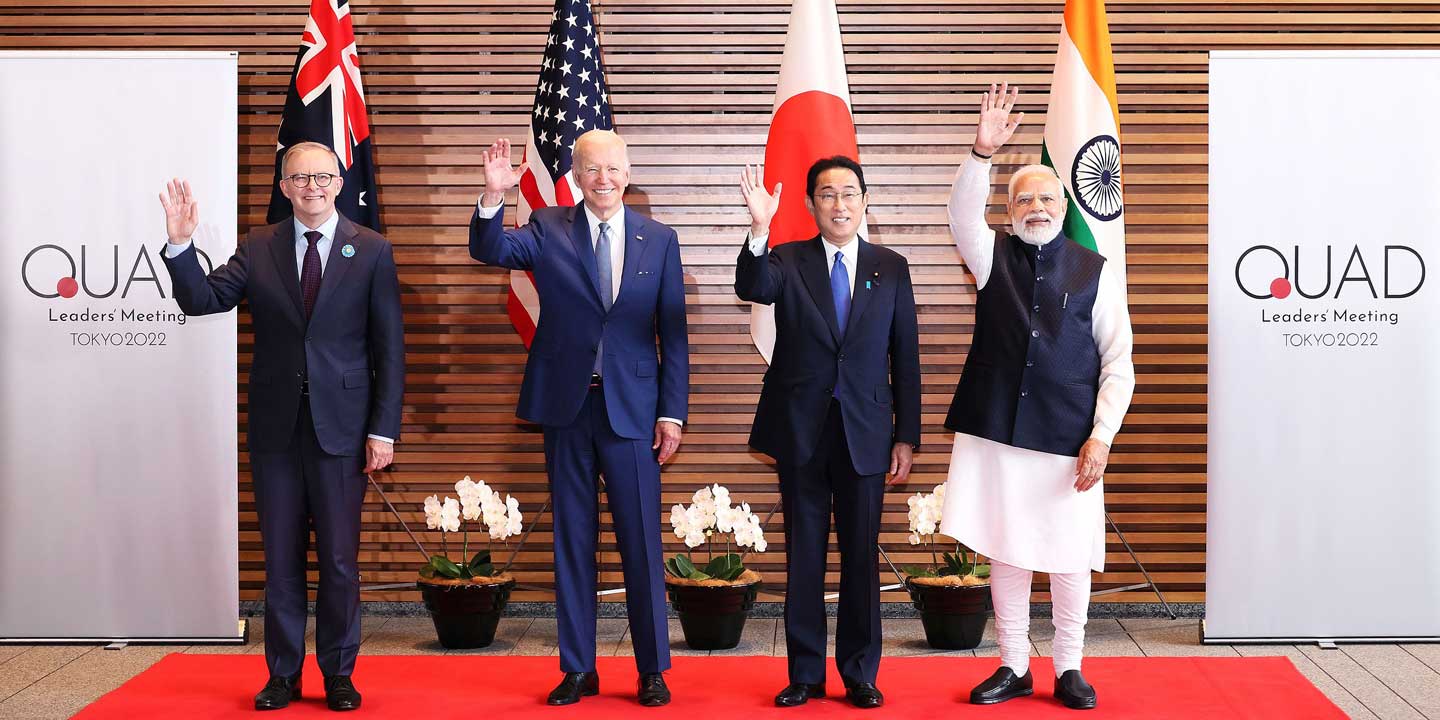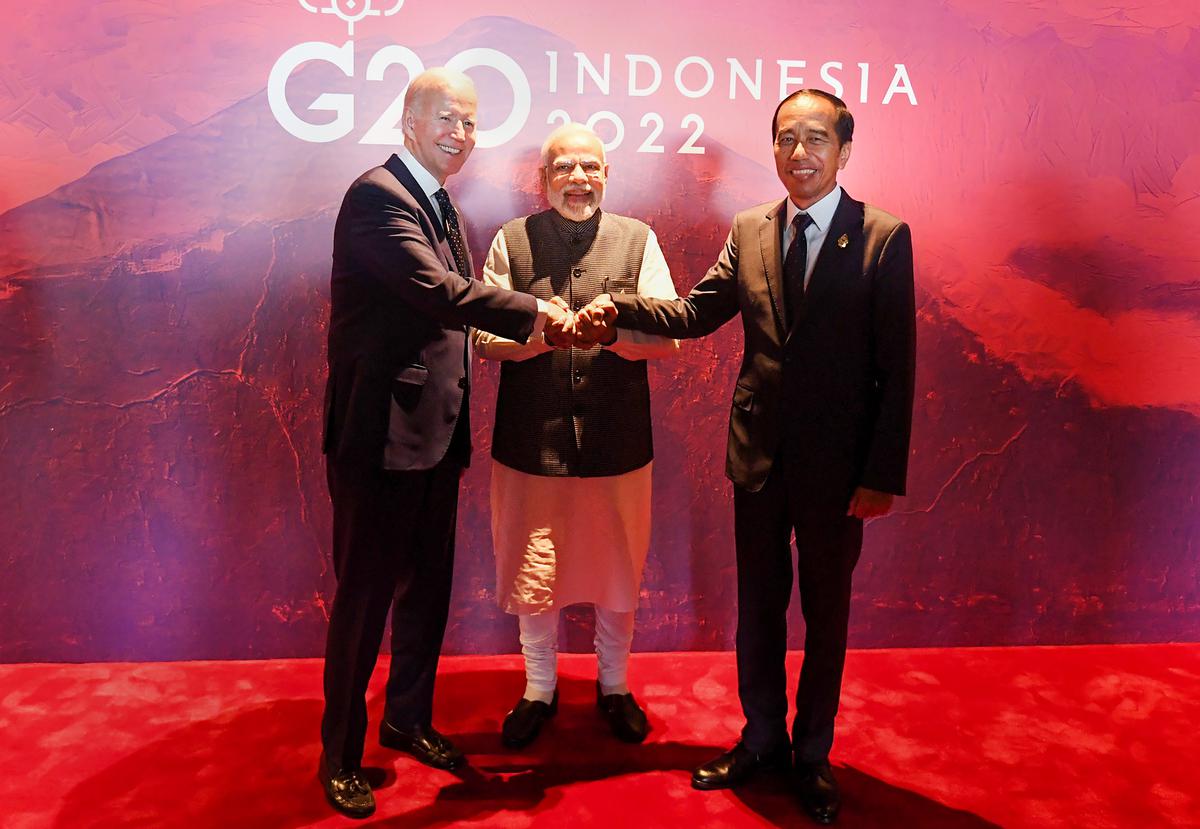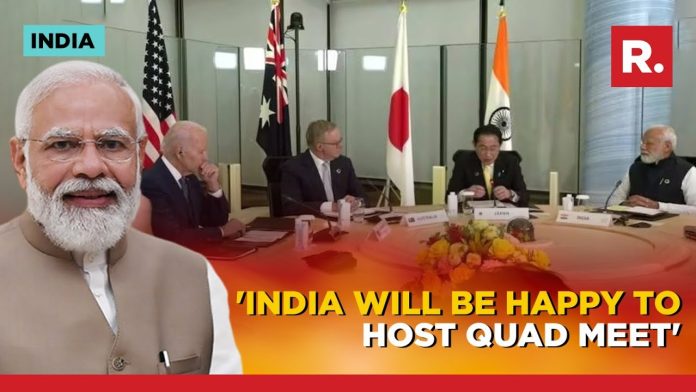- As you are aware, the Quad consists of the United States of America, India, Japan, and Australia ostensibly joining hands to stymie the unprecedented but aggressively expansionist agenda of China, especially in the South-China Sea. The overtly unbridled ambitious expansionist adventures undertaken by the Chinese leadership have not only caused tremendous concerns around the world but also succeeded in bringing along diverse countries single-mindedly determined to halt the progression which is considered detrimental to overall global health. The fast-changing geostrategic and geopolitical scenario where new alliances like the Quad are forged to take on the aggressive intentions of China is here to stay.

PC: aleekivjennette
- This was stated in no uncertain terms by Prime Minister Narendra Modi on his recent trip to the USA on the backdrop of the United Nations General Assembly. Indications are encouraging from the other three nations forming the group as well. However, to maximise its strategic ties with the US, India needs strong domestic R&D and even stronger economic heft. Efforts are afoot by the incumbent Union Government led by the PM to create a welcome niche for India in the global pecking order on the back of handsome economic growth. Mind you, China has emerged as a global challenge for both big and middle-power democracies. And the recent Quad announcement by the PM that it is here to stay is a definitive indication of the changed nature of geopolitics.
- Notably, it is the PM’s meeting with Biden on the sidelines of the summit that’s of the most salience to India. The Indo-US strategic partnership has gone beyond talk in recent years. India’s growing reliance on US military weapons systems boosts that partnership. Under the US-India Defence Industrial Cooperation Roadmap, collaboration is underway to advance key co-production agreements for jet engines, munitions, and ground mobility systems. But India must be realistic about the limits of the relationship. For instance, while the two countries inked a deal last year to produce fighter jet engines, the deal between GE and HAL would only see 80% tech transfer. Strategically speaking, is it good enough? Let’s dwelve on the matter.

PC: The Hindu
- For India to come up with the remaining 20% is a tall order considering the status of our defence ecosystem which is far from satisfactory. We still spend too little on R&D, with Indian firms allocating only 1.2% of their revenue to research, as against the global average of 3.4%. Ditto for the absorption of disruptive technologies into our defence architecture. Closer strategic ties with the US must also not foreclose our options with other countries for military purposes. That has been India’s foreign policy all along and it has served us well. The case in point is Russia. Critical and emerging technologies represent the second vital strand of the Indo-US strategic relationship. To get this, the Indian economic heft must undergo a massive upward surge.






